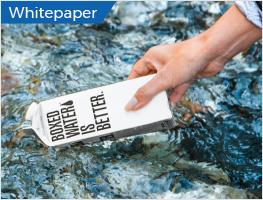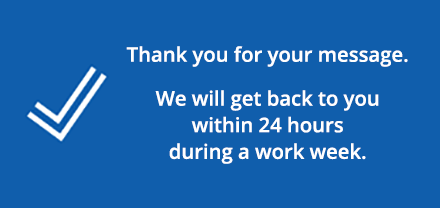Say no to greenwashing:
How to develop authentic sustainability communications
We are at a crucial tipping point in terms of developing authentic sustainability communications and creative. The pressure on brands to end greenwashing is stepping up. It’s coming from all angles: Pressure groups, regulatory boards and consumers themselves.
Consumer trust is eroding rapidly and cynicism is growing
In some recent work by Capgemini, we see that consumer trust of sustainability claims is only at 44% at a global level. Recent studies in the UK have seen this to be estimated around 1/5 of consumers trusting brand sustainability claims. These figures tells us that marketeers have some work to do to overcome the growing cynicism of consumers.
Regulatory pressure is increasing
In the UK, the CMA (Competition & Markets Authority) has developed a “green claims code”. The Dutch Consumer and Market Authority (ACM) is taking action against six clothing companies found to have made significantly misleading claims about sustainability. In the USA, the Biden administration is facing increasing calls to stop companies greenwashing and are talking about more action to crack down on greenwashing, especially in light of the administration’s stance on climate change.
Pressure groups continue to have stronger impact
For the first time in the USA, Greenpeace filed the first-ever greenwashing complaint against an oil company to the Federal Trade Commission last year against Chevron. They accused Chevron of violating advertising guidelines from FTC known as the “Green Guides”.
Sustainability communication that matters
Brands who exaggerate their commitment to the environment through claims and advertising will now be caught out more than ever – that is, if they are not able to substantiate their sustainability claims. Thanks to social media and the tidal wave of calls to action on the climate emergency, we will see a rising backlash and scrutiny over communications like never before.
So brands using sustainability-based claims need to step up and build back the trust of consumers. Through our consultancy work, pre-testing and sustainability practice at MetrixLab, we have developed the following strategic guidelines to help brands build stronger communications in the sustainability space:
Your brand needs consumer permission to own the claim. That means you need to earn that right by making sure that it fits your brand in order to drive equity.
Live and breathe your sustainability claims throughout the organization. Substantiate those claims with absolute thoroughness.
Provide easy access to publicly available information that supports your claims and advertising. Transparency builds trust.
As the arena of sustainability-based claims becomes increasingly cluttered, you’ll need to bring a fresh, relevant and credible perspective to the creative.
Consumers feel good about being part of a brand purpose that resonates with their personal values. It aligns with how they want to be perceived or how they want to help the world.
Determine, assess and monitor your core brand levers of sustainability to drive your equity.
Studies show that on average only 10% of consumers do what they claim when it comes to environmental behaviors. The UN calls it the “Value-Action Gap” – people don’t tend to do as they claim. Brands must recognize this and develop comms with this in mind. Understand the context of other purchasing factors that drive the decision and identify those as the correct levers to pull across the entire consumer decision journey.
Many brands have been following a sustainable path for years, but haven’t yet dialed up comms or seen the consumer appetite for it. This is changing – leverage your old sustainable assets.
Embed sustainability across the entire business, supply chain and among stakeholders.
Jumping in with sustainability ads from nowhere adds to the cynicism consumers today are experiencing. Build your sustainability messaging first through social media, ensure you are seeing positive sentiment to your sustainability-based claims and then build out into other media platforms.
Following these guidelines will help build a better, stronger and more trustworthy sustainable brand. As brand owners and consultants, it’s in our power to make a change for the better – but we have to hold ourselves accountable to committing to this much needed change.
Let’s tip the balance towards more sustainable business models and close the value-action gap for a better future.
*Sources:
Capgemini Research Institute, Sustainability in Consumer Products and Retail Survey, March-May 2020
Compare Ethics 2021
MetrixLab research 2021








